Technical analysis is an important part of Forex trading and can be a powerful tool for traders. It involves the use of indicators and oscillators to identify patterns and trends in price action. Indicators and oscillators are used to measure momentum and volatility, as well as to assess support and resistance levels. They can also be used to identify price reversals and confirm trade signals.
In this article, we will explore some of the most popular indicators and oscillators used in technical analysis, and how they can be used to enhance your trading strategy. Indicators are mathematical calculations based on the prices and/or volumes of a security over a specific period of time. They provide signals about the direction or momentum of a security's price. Common indicators used in technical analysis include moving averages, relative strength index (RSI), Bollinger Bands, MACD, and others. Oscillators are also mathematical calculations based on the prices and/or volumes of a security over a specific period of time. However, unlike indicators, they provide signals about the overbought or oversold conditions of a security.
Common oscillators used in technical analysis include stochastics, Williams %R, and average true range (ATR).When choosing indicators or oscillators to use in your trading strategy, it's important to consider factors such as the timeframe you're trading on, the asset type you're trading (e.g. stocks, forex, cryptocurrencies), and your risk tolerance. Each indicator or oscillator has its own strengths and weaknesses, so it's important to understand these before making a decision. For example, moving averages are a popular indicator that can be used to identify trends in different markets. They can be used on any timeframe from 1-minute charts up to monthly charts.
However, they can be prone to whipsaws – false signals that can lead to losses if not managed properly. On the other hand, stochastics are an oscillator that can be used to identify overbought or oversold levels in a security. This makes them useful for timing entries and exits in markets that have trended strongly in one direction for an extended period of time. However, they can be slow to react to changes in price and may not provide reliable signals when markets are ranging.
How to Choose the Right Indicators and Oscillators
When choosing indicators or oscillators to use in your trading strategy, it's important to consider factors such as the timeframe you're trading on, the asset type you're trading (e.g. Each indicator or oscillator has its own strengths and weaknesses, so it's important to understand these before making a decision. When it comes to technical analysis, indicators and oscillators are powerful tools that can be used to identify and capitalize on profitable trading opportunities.By understanding the strengths and weaknesses of these tools, traders can choose the right ones for their needs and maximize their returns. It is important to remember, however, that indicators and oscillators should always be used in conjunction with other forms of analysis to ensure that traders make informed decisions about their trades.
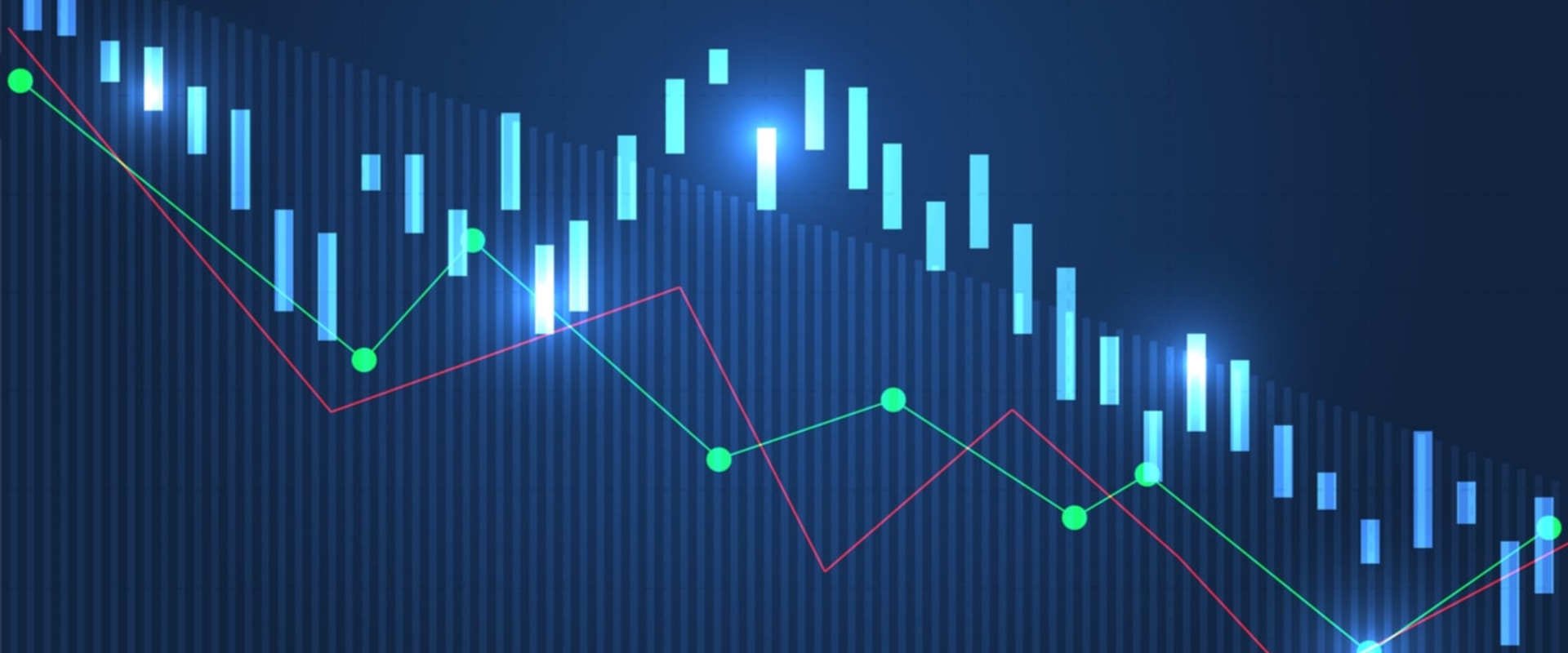
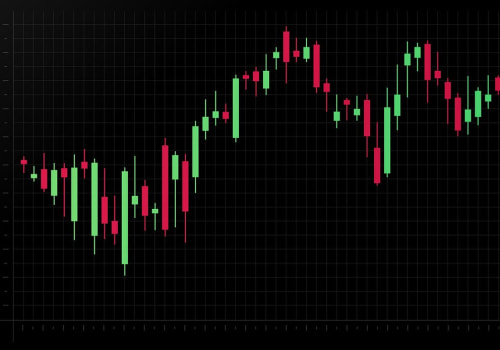
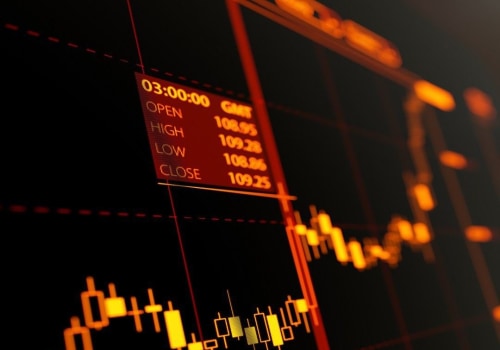

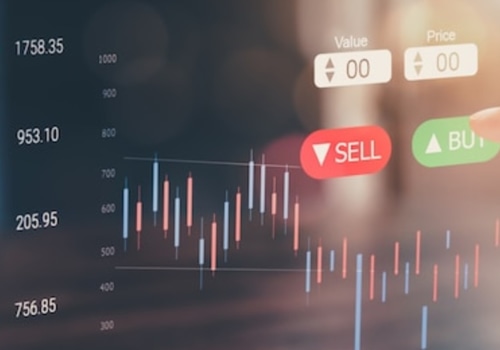
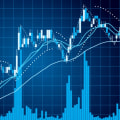





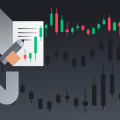
Leave Reply